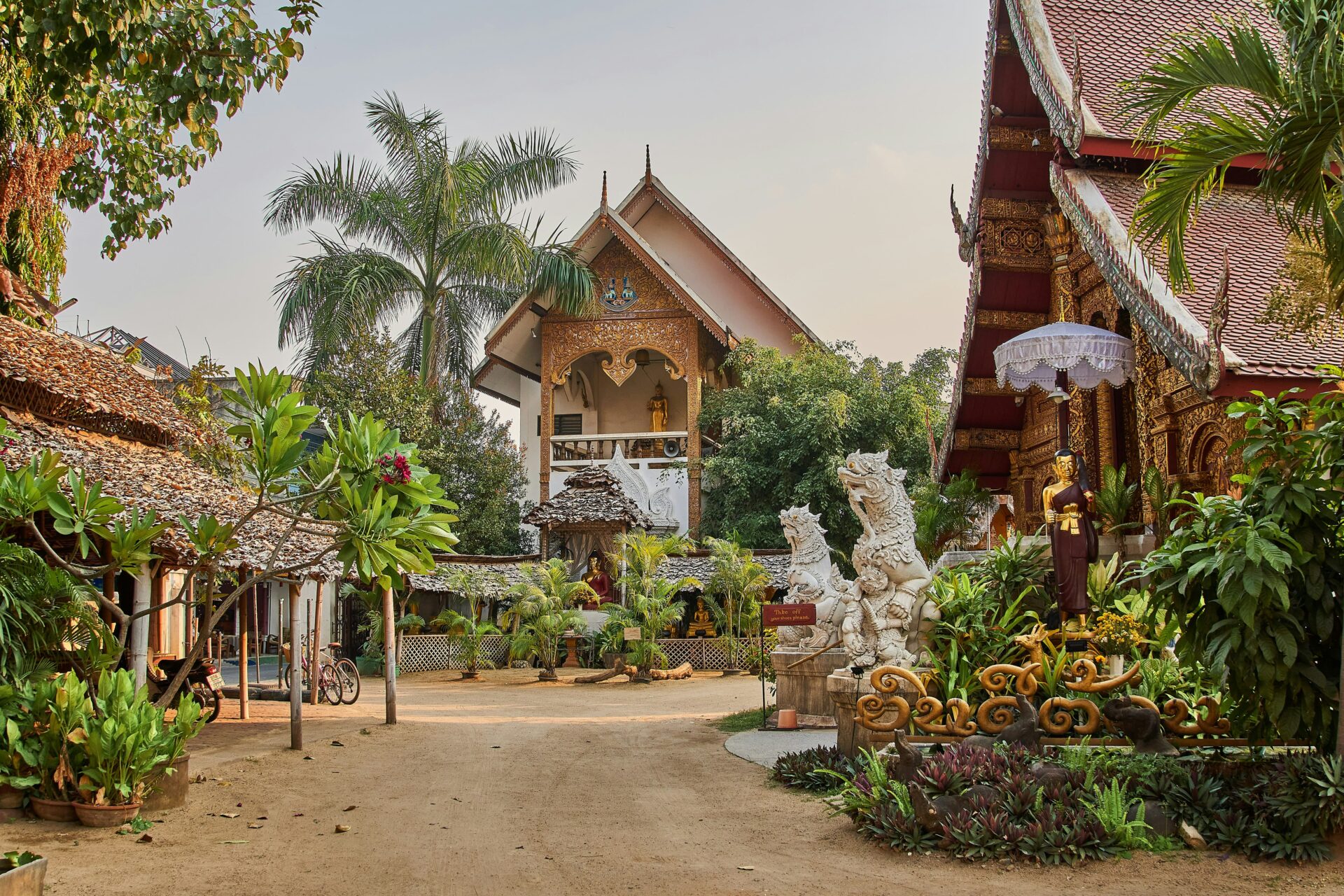Understanding Thai Buddhism: 5 Key Points Before Visiting Temples in Thailand

With sparkling golden stupas, tranquil monks, and the pervasive sense of spirituality, Buddhism is at the heart of Thai culture. Temples (Wats) are not just sightseeing spots—they’re sacred sites with deep meaning for the local community. For first-time temple visitors, a little cultural preparation goes a long way. In this article, we reveal five essential points to help you experience Thailand’s Buddhist heritage respectfully and meaningfully. Plus, discover how to stay connected during your temple tour with Saily eSIM and enjoy an exclusive reader discount.
目次
1. The Meaning of Buddhism and Temples in Thailand
Buddhism shapes daily life in Thailand, with temples found in nearly every neighborhood. Monks play vital roles, not just spiritually but in community education and social welfare. Famous sites such as Wat Pho and Wat Arun are both tourist attractions and living centers of faith for Thai people.
2. Dress Codes & Proper Manners
Respect and modesty are essential at temples.
- Wear clothes covering shoulders and knees (no sleeveless tops or shorts).
- Sandals are allowed but must be removed before entering sacred buildings.
- Avoid loud voices or playful photos.
- Direct physical contact with monks is prohibited, especially for women.
Some temples offer sarong loans if your attire isn’t appropriate—check ahead and be prepared.
3. How to Behave Around Buddha Statues & Religious Areas
- Step back and put your hands together in a “wai” gesture when you approach Buddha images.
- Never touch a Buddha statue or mural.
- No photography in restricted or flash-prohibited areas—always check for signage.
- Remove shoes before entering prayer halls and sacred spaces.
These customs are not just etiquette—they honor Thailand’s spiritual heritage.
4. Interacting with Monks & Locals
Monks are highly respected in Thailand.
- Always yield or walk slightly lower when passing a monk.
- Women should never hand objects directly to a monk.
- Always start with a polite greeting (e.g., “Sawasdee khrap/ka”) when asking questions or taking photos.
Quiet observation is expected during ceremonies—respect the peace and customs you encounter.
5. Smart Tips for Touring Temples
Thailand’s temple complexes are often large and bustling. Having reliable maps and online information is essential. Saily eSIM is highly recommended for tourists: it’s ready in three minutes and activates as soon as you land—no SIM swap needed.
Special for readers:
Enter code DOMUEH5022 for a USD5 discount on your first Saily purchase.
Details: https://saily.com/
Conclusion
Temple visits in Thailand are a chance to connect with living history and culture. By following these principles and staying conveniently connected with Saily eSIM, you’ll ensure your experience is both memorable and deeply respectful. Make the most of your Thai adventure with peace of mind and true cultural immersion.
🌏 Discover the best dining spots across Southeast Asia!
👉 Follow @gohanme_asean for insider tips on Vietnam, Thailand, and Singapore’s most popular restaurants.
(Photo by Unsplash.com)



